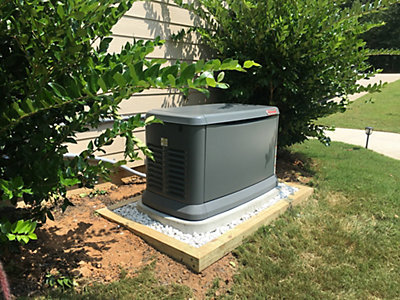How Does a Backup Home Generator Work?
For homeowners, the effects of power outages can range from an annoying inconvenience to a life-threatening issue. No matter the reason for wanting a backup home generator, it’s helpful and important to understand how they work in order to effectively use and maintain them.
Fuel source
Imagine your generator is like a big hamster wheel building up energy for your home. You need something to feed it. Natural gas, propane, and diesel are common fuel sources used, with natural gas being the most common. As long as you have a plentiful supply of fuel, you can run the generator indefinitely.
Power goes out, generator comes on
Backup generators from BriteBox are installed alongside your home’s electrical system to power exactly what you choose to energize when the power goes out. They have a trigger, called a power transfer switch, that will start the generator as soon as it senses a loss of power. You may notice a flicker or nothing at all. Once your utility power comes back, the automatic transfer switch immediately shuts off your generator.
Determine the system for your needs
The size and type of generator you purchase depends on what you need to protect in your home. You may want to sustain equipment needed by medically fragile family members, or perhaps you work out of a home office that needs to have undisturbed connectivity. Some families just want a fridge, lights and the bare necessities. Each home owner will have her own, unique needs. An expert electrician is required to design your system and see that it’s installed to your specifications.
Knowing how your generator works can give you a lot of peace of mind. Just like you trust your car to get you from Point A to Point B, you can rely on your generator to keep your home’s power running.
Related Reading
Subscribe To Our Newsletter
Get up-to-date current news, promotions, and industry tips.

